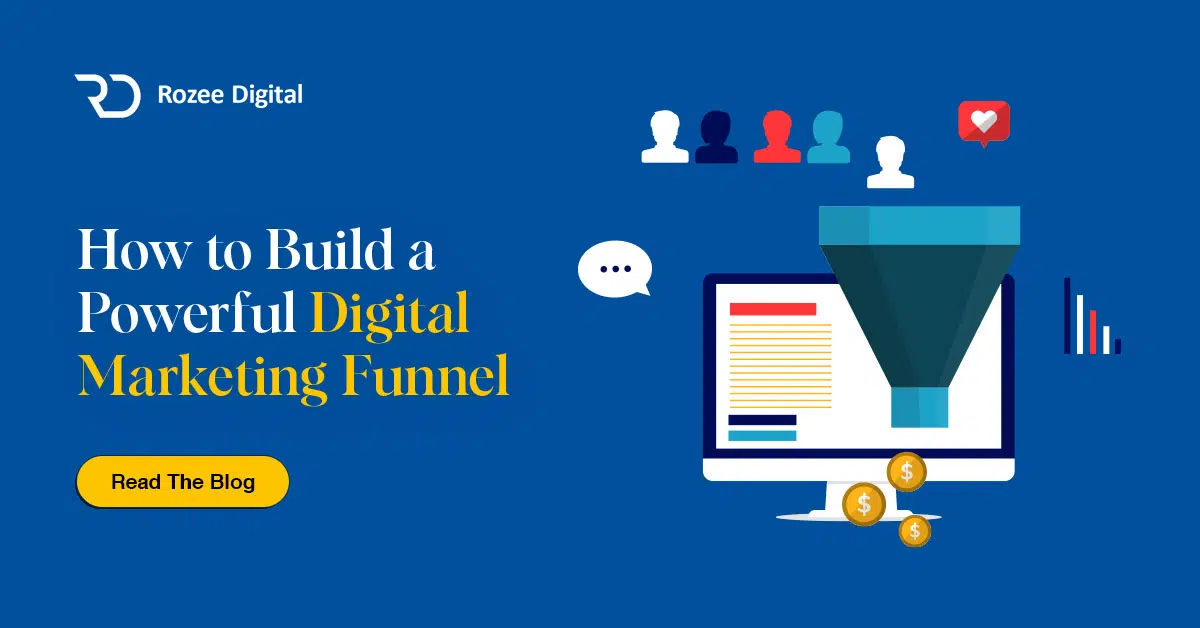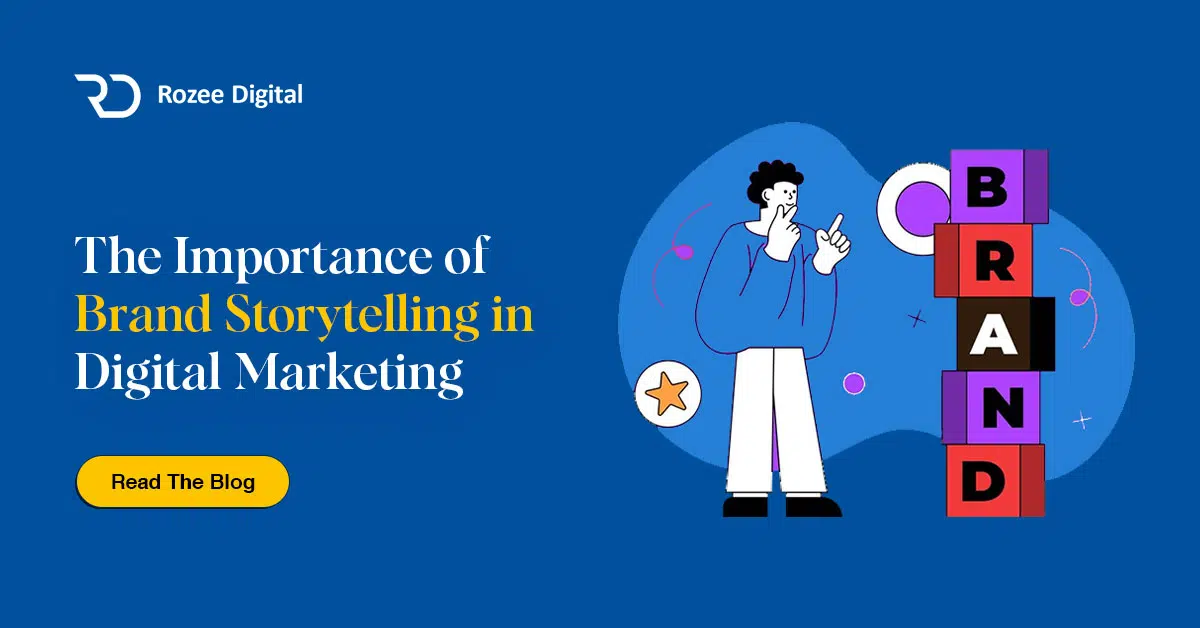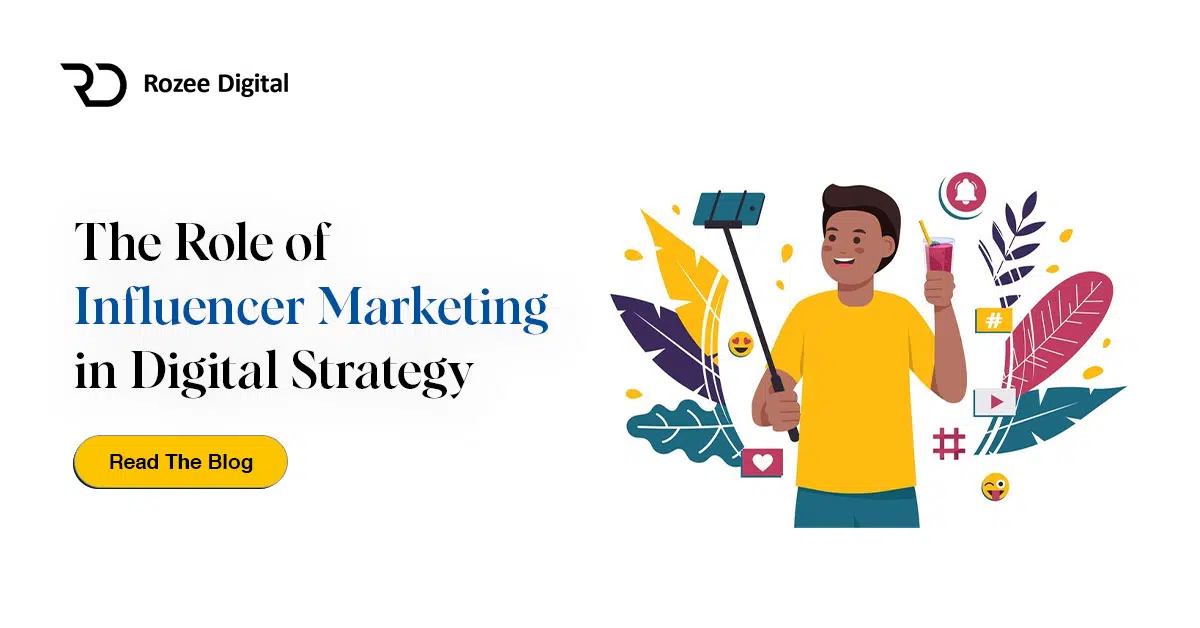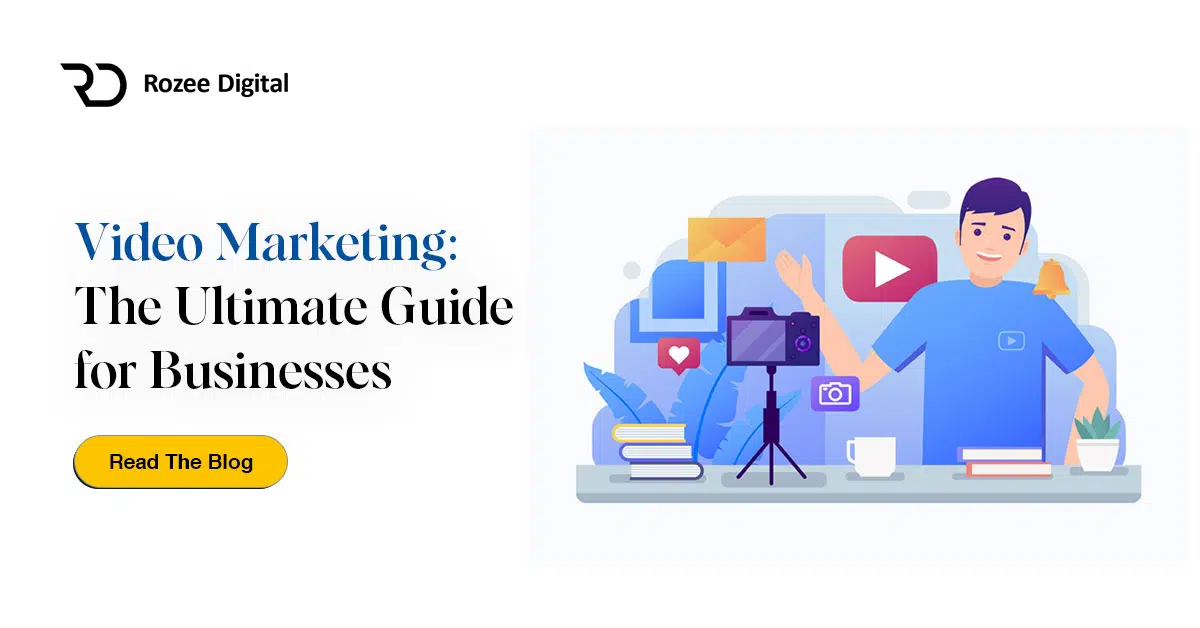Understanding Facebook’s Estimated Action Rate
To make the most of your Facebook advertising campaigns, it’s important to understand and optimize Facebook’s Estimated Action Rate. This section will cover what Facebook’s Estimated Action Rate is and the importance of optimizing it for your campaigns.
What is Facebook’s Estimated Action Rate?
Facebook’s Estimated Action Rate is a metric that provides advertisers with an estimate of the likelihood that someone on Facebook will complete a specific action, such as making a purchase or filling out a form, after clicking on an ad. It takes into account various factors, including ad relevance, landing page experience, and expected conversion rate.
By analyzing user behavior and historical data, Facebook calculates the Estimated Action Rate for each ad and provides insights to advertisers. This metric helps advertisers assess the effectiveness of their ads and make informed decisions to drive better results.
Importance of Optimizing Facebook’s Estimated Action Rate
Optimizing Facebook’s Estimated Action Rate is crucial for the success of your advertising campaigns. A high Estimated Action Rate indicates that your ads are relevant, your landing page is engaging, and your expected conversion rate is favorable. It means that users are more likely to take the desired action after interacting with your ad.
A high Estimated Action Rate can lead to several benefits, including increased conversions, improved return on ad spend (ROAS), and lower ad costs. By optimizing this metric, you can maximize the effectiveness of your campaigns and drive better results for your ecommerce brand.
Optimizing Facebook’s Estimated Action Rate involves understanding the factors that influence it and implementing strategies to improve each aspect. In the following sections, we will explore the factors affecting the Estimated Action Rate and provide strategies to optimize it. Stay tuned!
To learn more about Facebook’s Estimated Action Rate, you can refer to our article on understanding Facebook’s Estimated Action Rate.
Factors Affecting Estimated Action Rate
To optimize your Facebook advertising campaigns, it’s crucial to understand the factors that influence Facebook’s Estimated Action Rate. By focusing on these factors, you can improve the effectiveness of your ads and increase the likelihood of users taking the desired actions. The three main factors that affect the Estimated Action Rate are ad relevance, landing page experience, and expected conversion rate.
Ad Relevance
Ad relevance is a key factor in determining the Estimated Action Rate on Facebook. It refers to how well your ad aligns with the interests, preferences, and needs of your target audience. Facebook analyzes various aspects of your ad, such as the ad copy, visuals, targeting, and previous engagement, to assess its relevance to the intended audience.
To improve ad relevance, you should focus on creating highly targeted ads that resonate with your audience. Tailor your ad content to match their interests and highlight the value proposition of your product or service. Use audience insights and data analytics to understand your target audience better and craft ads that speak directly to their needs and desires.
Landing Page Experience
The landing page experience plays a crucial role in influencing the Estimated Action Rate. After users click on your ad, they are directed to a landing page where they are expected to take a specific action, such as making a purchase, filling out a form, or subscribing to a newsletter. Facebook evaluates the user experience on the landing page to assess its relevance and quality.
To optimize the landing page experience, ensure that it aligns with the ad content and provides a seamless transition for users. The landing page should be well-designed, user-friendly, and visually appealing. Make sure the page loads quickly and is mobile-friendly, as many users access Facebook on their mobile devices. Provide clear and compelling calls-to-action that guide users towards the desired action. For more information on improving landing page experience, check out our article on improving Facebook’s Estimated Action Rate.
Expected Conversion Rate
Expected conversion rate refers to the likelihood of users completing the desired action on your landing page after clicking on your ad. Facebook estimates this conversion rate based on historical data and user behavior patterns. To optimize the Expected Conversion Rate, it’s essential to have a well-designed and optimized conversion funnel.
Evaluate your conversion process to identify any potential barriers or friction points that may hinder users from completing the desired action. Simplify the conversion process by reducing the number of form fields or steps required. Use persuasive copy and visuals that encourage users to take action. Monitor and analyze user behavior on your landing page to identify areas for improvement. By continuously optimizing the expected conversion rate, you can increase the overall effectiveness of your Facebook campaigns.
Understanding and addressing these factors can help you optimize your Facebook advertising campaigns and improve the Estimated Action Rate. By improving ad relevance, enhancing the landing page experience, and increasing the expected conversion rate, you can maximize the effectiveness of your ads and drive better results. For more information on understanding Facebook’s Estimated Action Rate, refer to our article on understanding Facebook’s Estimated Action Rate.
Strategies to Optimize Estimated Action Rate
To supercharge your Facebook advertising campaigns, it’s essential to optimize Facebook’s Estimated Action Rate. By focusing on improving ad relevance, enhancing landing page experience, and increasing expected conversion rate, you can maximize the effectiveness of your campaigns and drive better results.
Improve Ad Relevance
Ad relevance plays a crucial role in optimizing the Estimated Action Rate on Facebook. It refers to how well your ads align with the interests and preferences of your target audience. To improve ad relevance, consider the following strategies:
- Audience targeting: Ensure that you are targeting the right audience. Segment your audience based on relevant demographics, interests, and behaviors to deliver ads that resonate with them.
- Ad content: Craft compelling and engaging ad content that speaks directly to your target audience’s needs and desires. Use relevant keywords, captivating visuals, and persuasive copy to capture their attention.
- Ad placement: Choose the most suitable ad placements to reach your target audience effectively. Experiment with different placements and monitor their performance to optimize your ad delivery.
By continuously refining and optimizing your ad relevance, you can increase the chances of your audience taking the desired actions.
Enhance Landing Page Experience
The landing page experience is a critical factor in driving conversions and optimizing the Estimated Action Rate on Facebook. When users click on your ads, they should be directed to a landing page that provides a seamless and engaging experience. Consider the following strategies to enhance your landing page experience:
- Relevance: Ensure that your landing page aligns with the ad content and offers a consistent message. This helps users feel confident that they have landed on the right page and encourages them to take the desired actions.
- Page load speed: Optimize your landing page for fast loading times. Slow-loading pages can lead to higher bounce rates and lower conversion rates. Keep your page lightweight by compressing images and minimizing unnecessary scripts.
- Clear and concise information: Present the information on your landing page in a clear and concise manner. Use headings, bullet points, and visuals to make it easy for users to understand the value proposition and take the desired actions.
- Mobile optimization: Ensure that your landing page is mobile-friendly and responsive. With the increasing number of users accessing the internet on mobile devices, it’s crucial to provide a seamless experience across all devices.
By focusing on enhancing the landing page experience, you can increase user engagement, reduce bounce rates, and improve your Estimated Action Rate.
Increase Expected Conversion Rate
Expected conversion rate refers to the likelihood of users taking the desired actions on your landing page. By increasing the expected conversion rate, you can optimize your Estimated Action Rate on Facebook. Consider the following strategies to boost your expected conversion rate:
- Compelling call-to-action: Use clear and compelling call-to-action (CTA) buttons that guide users towards the desired actions. Experiment with different CTAs and placement to find the most effective combination.
- Simplified forms: Make your forms simple and easy to fill out. Minimize the number of required fields and only ask for essential information. A lengthy and complicated form can deter users from completing the desired actions.
- Social proof: Incorporate social proof elements, such as customer testimonials and reviews, to build trust and credibility. Positive feedback from previous customers can increase the expected conversion rate by reassuring users of the value and quality of your offerings.
Regularly monitor and analyze the performance of your landing pages, identify areas of improvement, and implement iterative changes to continually increase your expected conversion rate.
Optimizing Facebook’s Estimated Action Rate requires a combination of strategic approaches, continuous monitoring, and iterative improvements. By improving ad relevance, enhancing landing page experience, and increasing the expected conversion rate, you can supercharge your Facebook campaigns and maximize your return on investment.
Ad Creative Best Practices
To optimize your Facebook estimated action rate, it’s essential to follow ad creative best practices. By focusing on compelling visuals, clear and concise messaging, and strategic call-to-action placement, you can create ads that resonate with your audience and drive meaningful actions.
Compelling Visuals
Compelling visuals play a crucial role in capturing the attention of your audience and conveying your brand message effectively. When choosing visuals for your Facebook ads, consider the following:
- Use high-quality images or videos that are relevant to your product or service.
- Showcase your product or service in action to give viewers a clear understanding of its benefits.
- Consider using eye-catching colors and visually appealing elements to make your ad stand out.
- Test different visuals to see which ones resonate best with your target audience.
Remember, the goal is to grab the attention of your audience and entice them to take action, so invest time in selecting visuals that align with your brand identity and captivate your audience.
Clear and Concise Messaging
In addition to compelling visuals, clear and concise messaging is essential for communicating your value proposition effectively. Consider the following tips when crafting your ad copy:
- Keep your messaging simple and easy to understand.
- Highlight the key benefits or unique selling points of your product or service.
- Use language that resonates with your target audience and speaks to their needs and desires.
- Maintain a consistent tone of voice that aligns with your brand identity.
By keeping your messaging focused and concise, you can ensure that your audience quickly grasps the main points of your ad and is motivated to take action.
Call-to-Action Placement
Strategic placement of call-to-action (CTA) buttons can significantly impact the click-through rate and conversion rate of your Facebook ads. Consider the following best practices:
- Position your CTA button where it is easily noticeable and accessible to viewers.
- Use contrasting colors to make the CTA button stand out from the rest of the ad.
- Clearly communicate the action you want the viewer to take, such as “Shop Now,” “Learn More,” or “Sign Up.”
- Test different CTA placements to determine which location generates the highest response rate.
By placing your CTA button strategically, you can guide your audience towards taking the desired action, whether it’s making a purchase, signing up for a newsletter, or exploring more about your brand.
Remember, optimizing your ad creative is just one aspect of improving your Facebook estimated action rate. It’s important to consider other factors, such as ad relevance, landing page experience, and expected conversion rate, to achieve the best results. For more information on improving your Facebook estimated action rate, check out our article on improving Facebook estimated action rate.
Testing and Monitoring
To optimally improve and maintain your Facebook’s Estimated Action Rate, it is essential to implement testing and monitoring strategies. These strategies allow you to understand the impact of your efforts and make informed decisions for further optimization. Here are three key components to consider: A/B testing, tracking and analytics, and an iterative optimization process.
A/B Testing
A/B testing, also known as split testing, is a powerful technique that helps you compare two or more variations of an element to identify the most effective one. To optimize your Estimated Action Rate, you can conduct A/B tests on various components of your Facebook ads. These components may include the ad creative, ad copy, call-to-action buttons, or even the target audience.
For example, you could create two versions of an ad with different visuals or messaging and run them simultaneously to see which one performs better in terms of the Estimated Action Rate. By analyzing the results, you can identify the winning variation and make data-driven decisions to improve your future campaigns.
Tracking and Analytics
To gain deeper insights into your Facebook campaigns and monitor the performance of your Estimated Action Rate, it is crucial to use tracking and analytics tools. Facebook’s own Ads Manager provides valuable data and metrics that allow you to evaluate the effectiveness of your ads.
By monitoring key performance indicators such as click-through rates, conversion rates, and engagement metrics, you can identify trends and patterns. These insights enable you to make informed decisions about how to optimize your ads further, improve the Estimated Action Rate, and achieve your desired campaign objectives.
Iterative Optimization Process
Optimizing Facebook’s Estimated Action Rate is an ongoing process that requires continuous monitoring and refinement. It is important to adopt an iterative optimization process, where you regularly review and adjust your strategies based on the insights gained from testing and monitoring.
Start by analyzing the data collected from your A/B tests and tracking efforts. Identify areas of improvement and implement changes accordingly. For example, if you notice a lower Estimated Action Rate for ads with certain visuals, consider updating or replacing them with more engaging visuals.
Continue testing new hypotheses, tracking results, and making iterative improvements to enhance your Estimated Action Rate over time. By consistently monitoring and optimizing your Facebook campaigns, you can maximize the potential of your ads and drive better results.
Remember to check out our related articles on facebook estimated action rate definition and improving facebook estimated action rate for more insights on understanding and improving Facebook’s Estimated Action Rate.
Through A/B testing, tracking and analytics, and an iterative optimization process, you can continuously enhance your Facebook campaigns, improve your Estimated Action Rate, and achieve your marketing goals.







